This Post May Contain Affiliate Links. Please Read Our Disclosure Policy.
Eel sauce is a sweet and salty Japanese sauce that’s commonly served on sushi and is just delicious on chicken or fish. It’s SO easy to make (and there’s no eel involved!) and takes your homemade Japanese food to the next level.

Why You’ll Love This Recipe
- Eel sauce is one of my favorite condiments. There’s just so much flavor! It’s a little sweet and a little smokey with this beautiful umami that I just can’t get enough of.
- This is such a simple recipe – you only need 4 ingredients! And none of them are eel, so if you’re squeamish, don’t worry. You’ll love this sauce.
- It’s perfect on sushi or fried rice, but I also like to use it on chicken, tofu, and fish. It’s really versatile and complements each protein nicely. You can even use it on grilled or steamed green veggies!
- Leftover eel sauce can be refrigerated in an airtight container up to 3 weeks, so this is a great condiment to have on hand or make in advance! You can easily double the quantities to make a larger amount of eel sauce, too.
Key Ingredients
Soy Sauce – The base of eel sauce, soy sauce gives it that delicious, salty taste. The levels of saltiness vary from one brand of soy sauce to another, so keep that in mind when you’re shopping and cooking. You can use a low-sodium soy sauce if you’re concerned about it being too much. You can also use a gluten-free soy sauce to make gluten-free eel sauce!
Sake – I love the depth you get from sake! The alcohol cooks out and you’re left with this rich umami that’s just unbeatable. If you’re trying to avoid sake, there’s not really a good substitute here. You can use water to thin the other ingredients like sake would, but it won’t have the rich umami or the sweetness that sake has.
Mirin – If you aren’t able to find mirin, you can use a little extra sugar and a little extra sake (or water) in its place. It won’t have the exact same flavor, but it should work.
Chef’s Tips
- The end consistency should be thick and rich, like a syrup. Make sure you lower the heat on the stove so it just simmers – overcooking will affect the consistency. If your heat is too high, the eel sauce can burn.
- If the sauce thickens too much, you can stir in a little water or a little more sake to thin it back out.
- To freeze the eel sauce, let it cool completely then transfer it to a freezer-safe, airtight container. It can be frozen up to 6 months. Just reheat it on the stove over low heat when you’re ready to eat it! You may need to add a little liquid to thin it out, but the heat should take care of it for the most part.
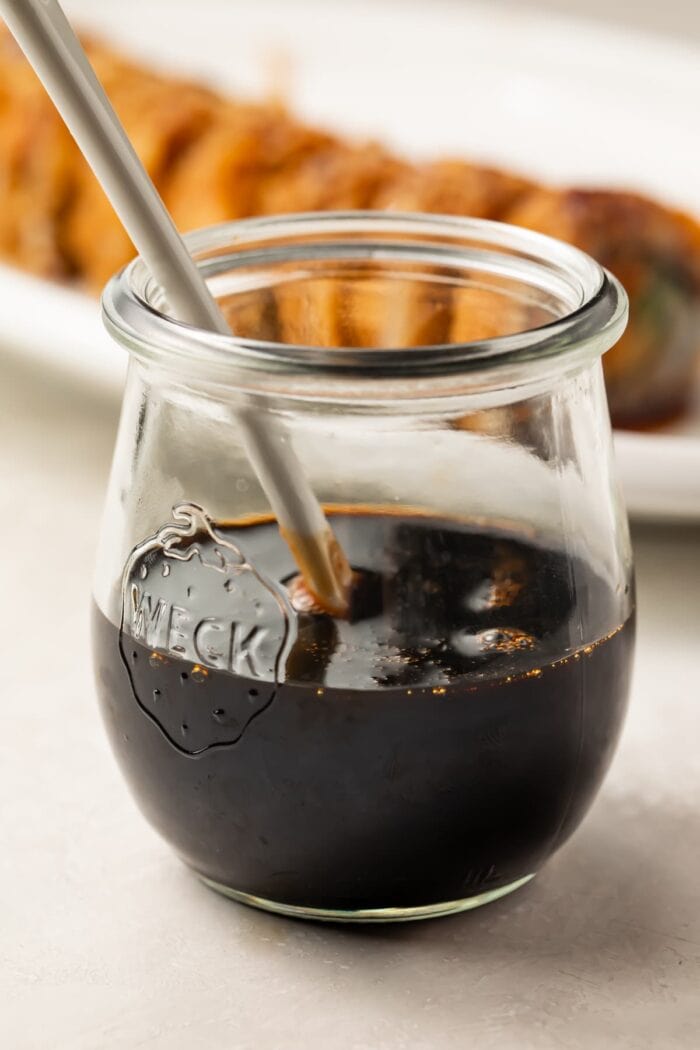
Try These Other Sauces, Too!
- Miso Dressing
- Asian Salad Dressing
- Japanese Salad Dressing
- Avocado Dressing
- Lemon Butter Sauce
- Creamy Dill Sauce for Salmon
- Hot Bacon Dressing
- Smoky Chipotle Mayo
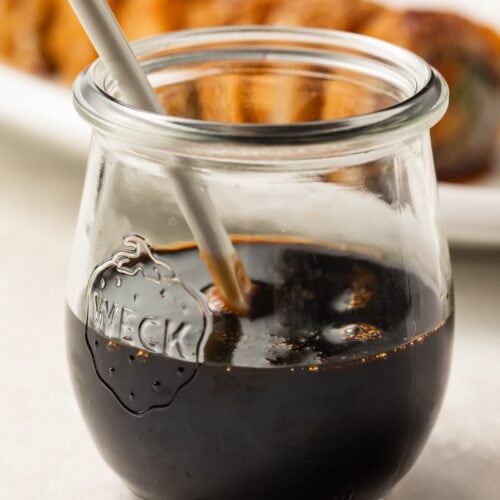
Eel Sauce
Equipment
- Small saucepan
Ingredients
- ½ cup soy sauce
- 4 tablespoons white sugar see Notes
- ½ cup mirin (Japanese sweet wine)
- 2 tablespoons sake
Instructions
- Combine all ingredients in small saucepan over medium-high heat. Bring liquid to boil, then lower heat to medium-low. Cook roughly 15-20 minutes, stirring regularly, until liquid is reduced to approximately ¾ cup.
- Remove from heat and transfer to container with lid. Sauce will thicken as it cools. When completely cool, serve or refrigerate until later.
- White Sugar: To reduce the sugar content, use granular Swerve in place of the white sugar. Mirin is sweetened, so this recipe won’t be completely sugar free.
- Make it Gluten Free: Use a gluten free soy sauce.
Approximate Information for One Serving
Nutrition Disclaimers
Number of total servings shown is approximate. Actual number of servings will depend on your preferred portion sizes.
Nutritional values shown are general guidelines and reflect information for 1 serving using the ingredients listed, not including any optional ingredients. Actual macros may vary slightly depending on specific brands and types of ingredients used.
To determine the weight of one serving, prepare the recipe as instructed. Weigh the finished recipe, then divide the weight of the finished recipe (not including the weight of the container the food is in) by the desired number of servings. Result will be the weight of one serving.
Did You Make This Recipe?
Tag @40aprons on Instagram and be sure to leave a review on the blog post!








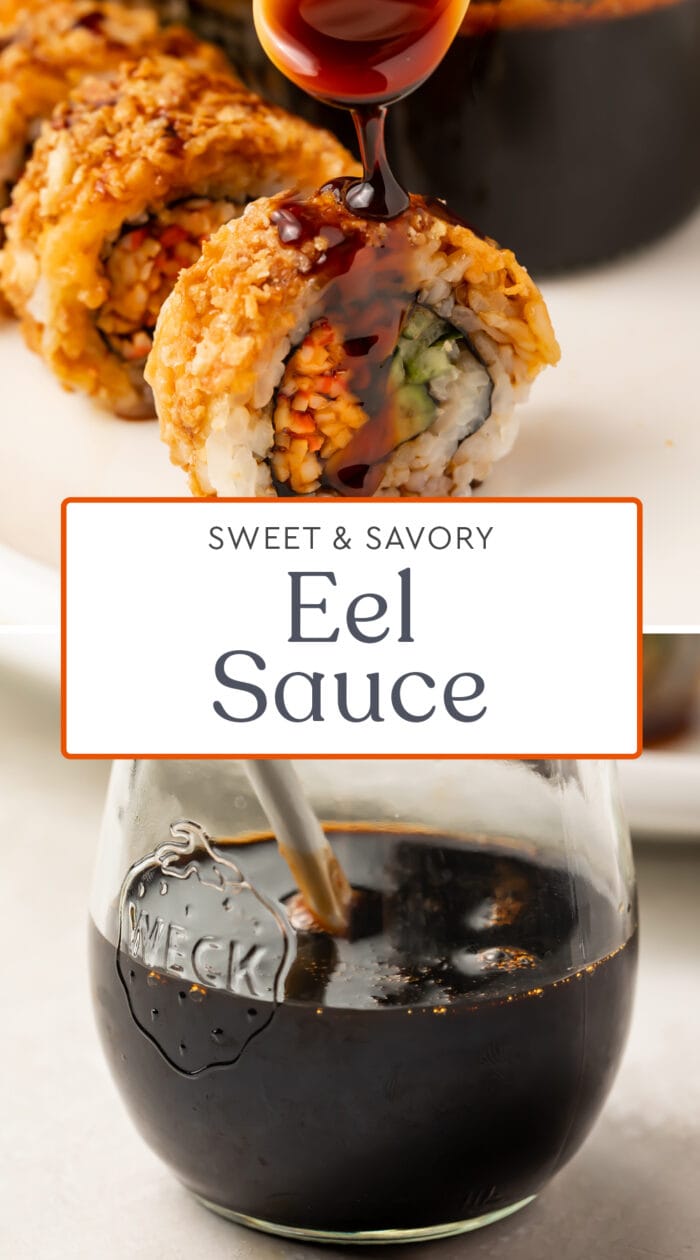


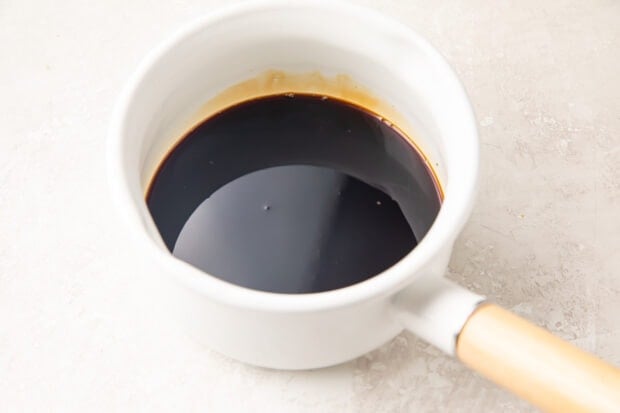
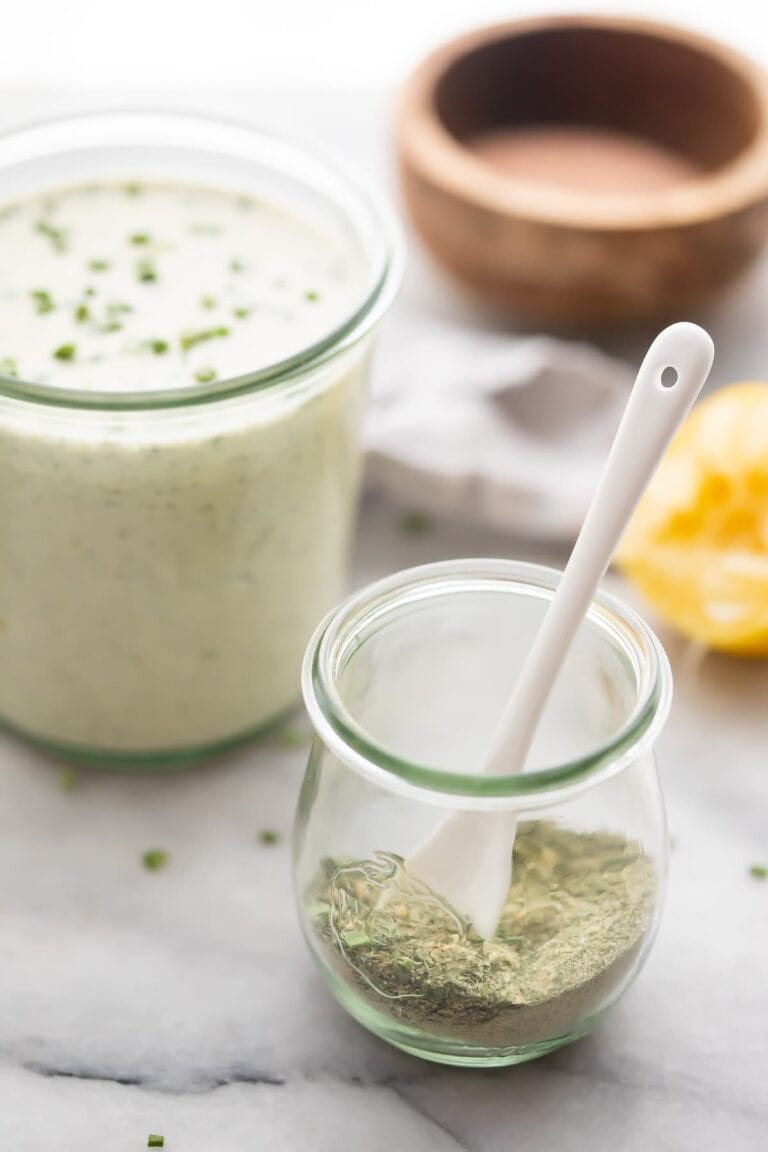


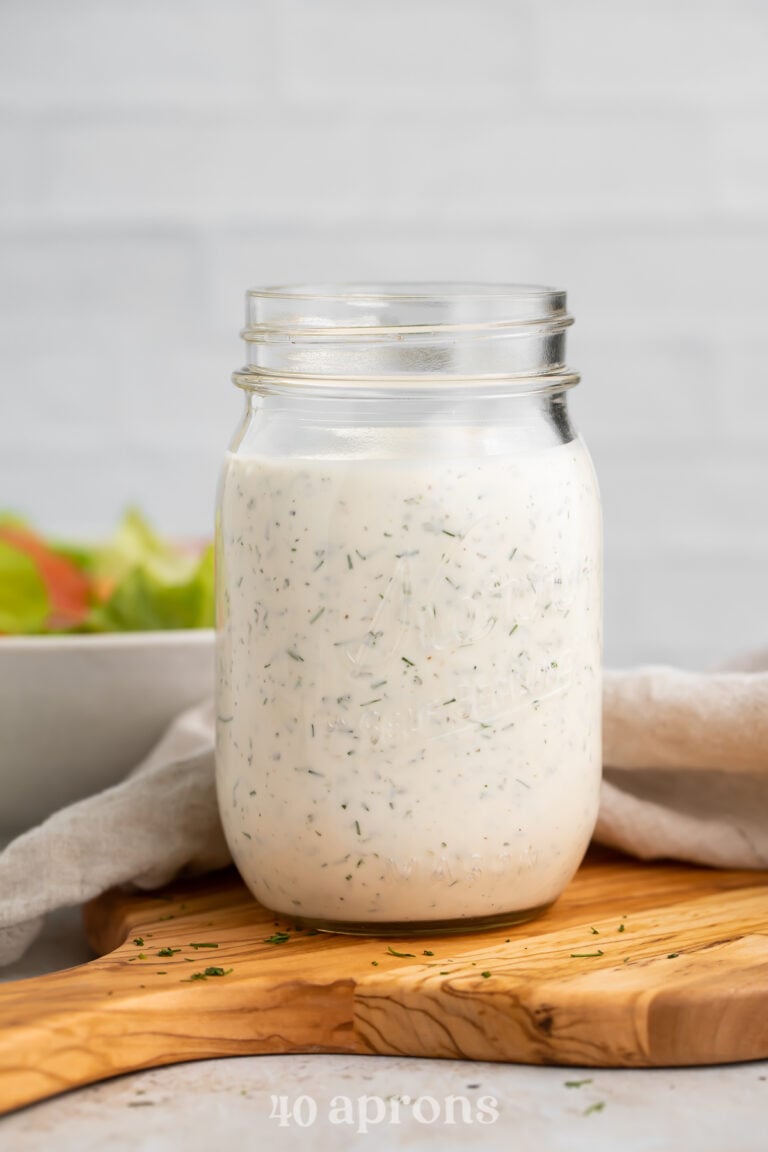
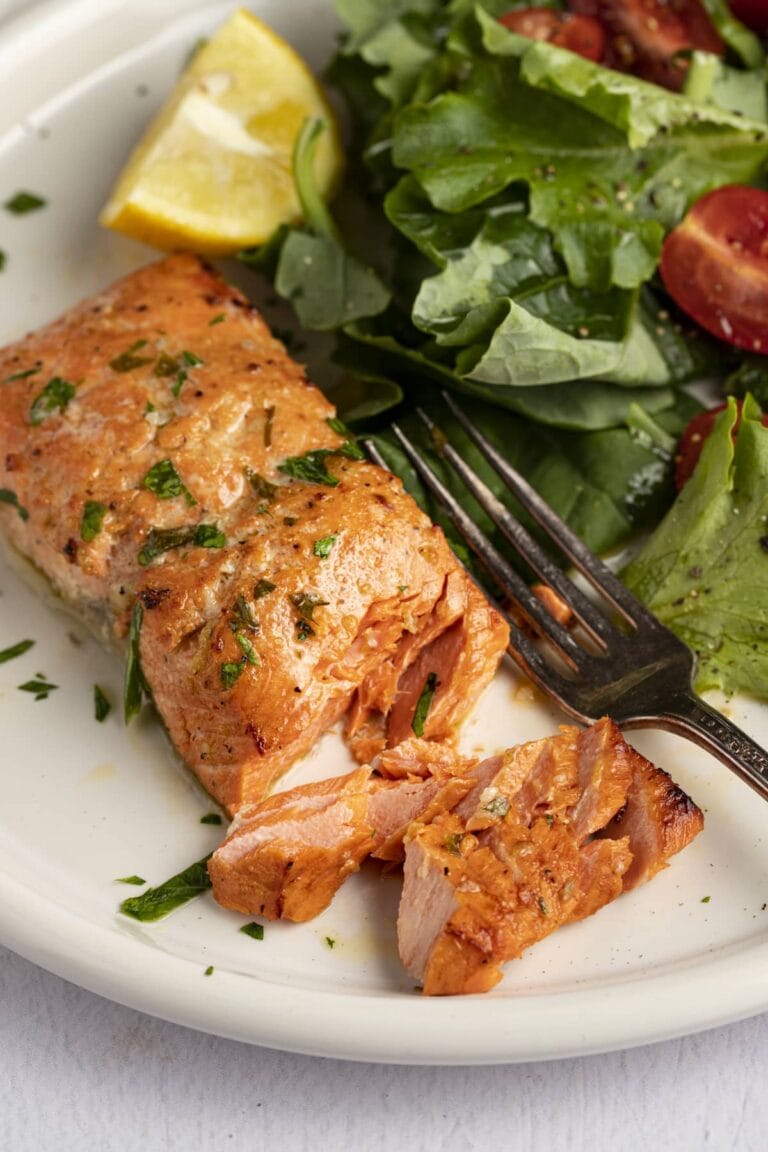
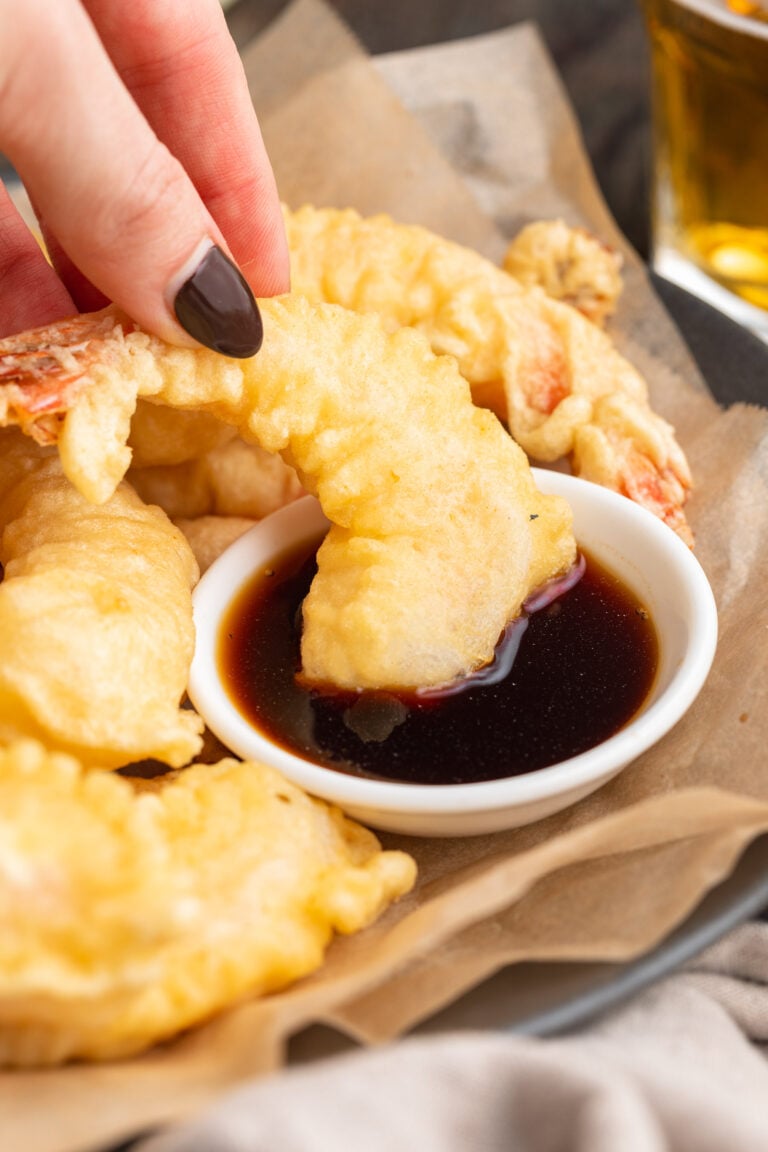










Never Miss A Meal!
New Recipes Straight To Your Inbox
A curated selection of our most recent recipes, delivered straight to your inbox once a week.
Thank you!
You have successfully joined our subscriber list.